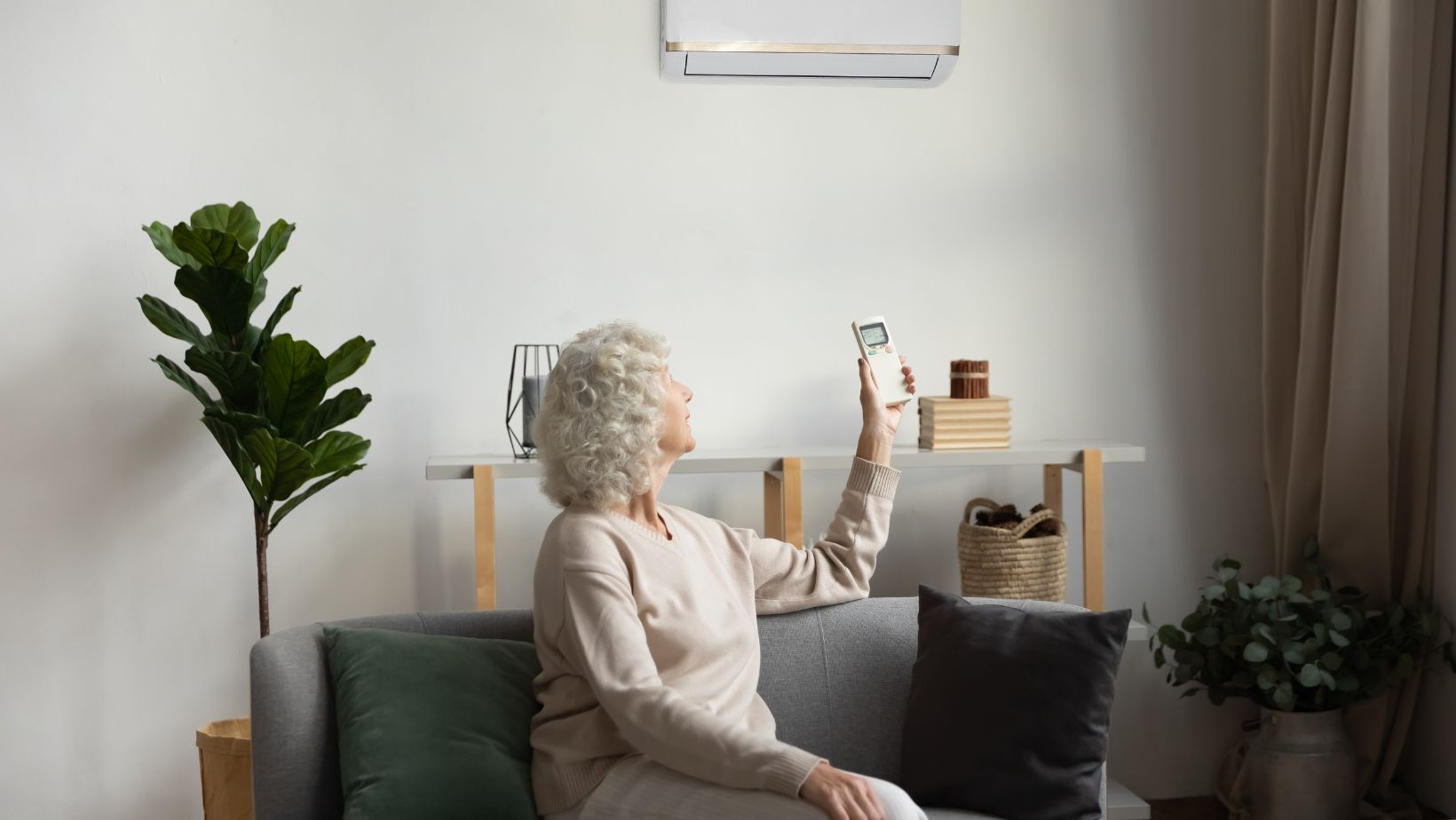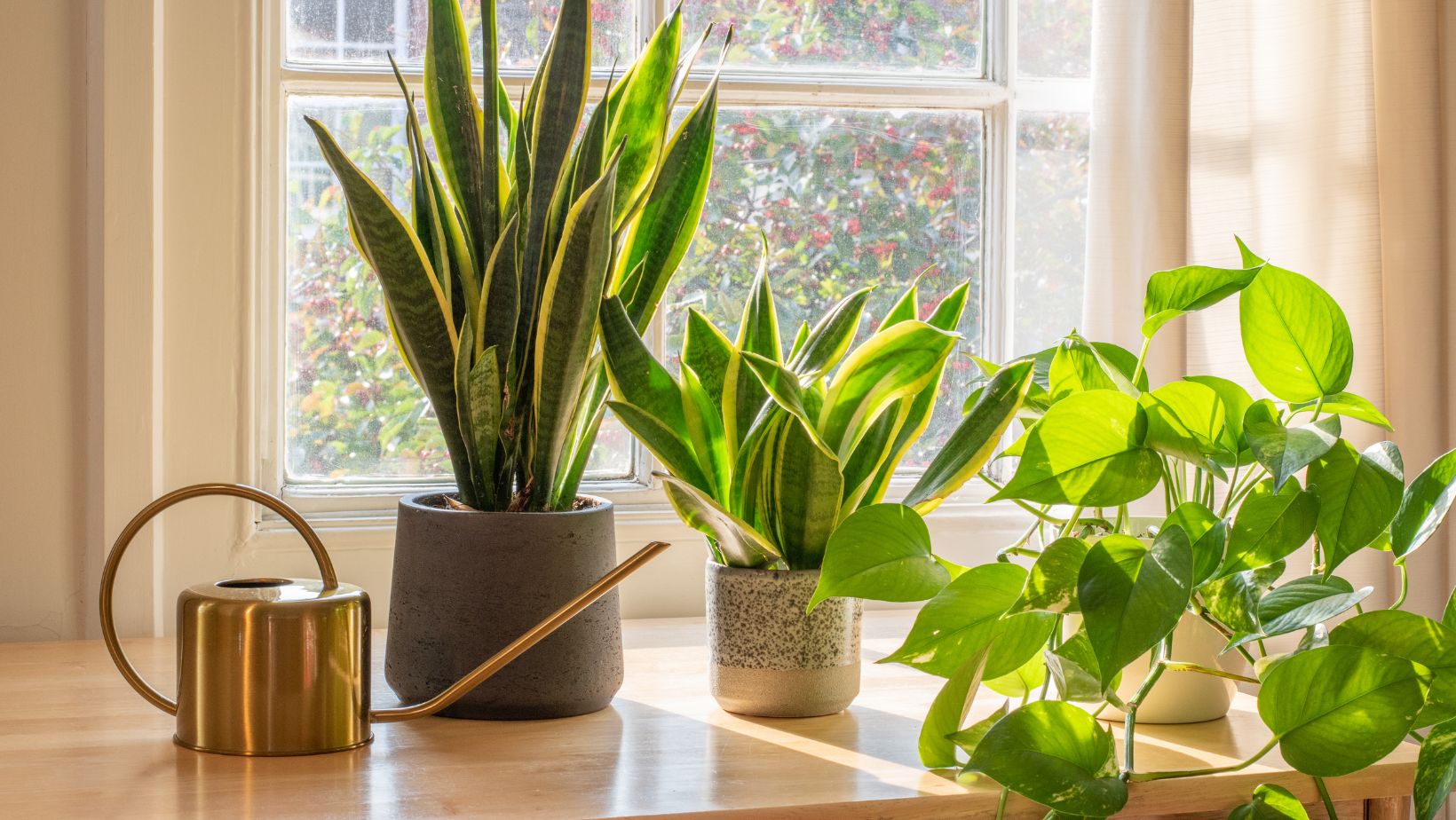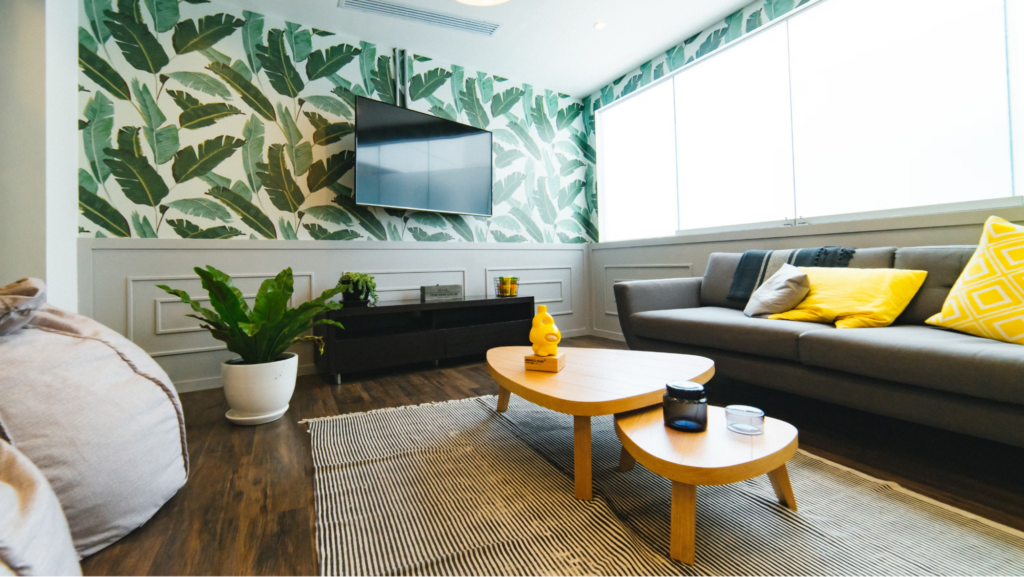People are familiar with the general climate. It’s the type of weather an area gets over a significant period. However, there also exists the concept of indoor climate, which is essential for maintaining a pleasant living and working environment.
Poor indoor climate can affect one’s health and well-being. Bad conditions can bring down one’s life satisfaction up to 3.9 percent.
This post explores the importance of indoor climate and the key factors that affect it.
Why Indoor Climate Matters
Many people spend most of their lives indoors. As indoor comforts have evolved, many people don’t need to go outside every day anymore.
Therefore, cultivating a healthy indoor climate is essential, as it can significantly impact one’s mental and physical health. Poor air quality, lack of light, or extreme temperatures can lead to health issues, including respiratory problems, fatigue, and stress.
Whether you’re designing an office or home, a comfortable indoor environment helps improve focus and boost overall well-being.
Understanding the elements that influence your indoor climate is essential for creating spaces that foster health and productivity.
Factors Affecting Indoor Climate
Several key factors affect the quality of your indoor environment. These factors interact with one another to create your indoor climate. Each one is vital in creating a comfortable and healthy indoor space.
Air quality
Air quality is a fundamental element of indoor climate. High levels of pollutants such as dust and mold often characterize poor air quality. These pollutants can cause respiratory issues, allergies, and other health problems.
To improve air quality, you can consider the following efforts:
- Ventilation. Ensure proper ventilation to get more fresh air and reduce the concentration of indoor pollutants. Try using fans from Visual Comfort and open your windows whenever possible.
- Air purifiers. These devices can help remove contaminants and allergens from the air. High-efficiency particulate air (HEPA) filters are particularly effective.
- Indoor plants. Indoor plants can help with air quality by absorbing pollutants and releasing fresh oxygen.
Temperature
Temperature control is crucial for comfort and health. Extreme temperatures can cause discomfort and affect productivity. They can also pose risks such as heat stroke or hypothermia.

Consider the following solutions to maintain comfortable indoor temperatures:
- Thermostats. Programmable thermostats allow you to regulate indoor temperatures automatically. They help ensure a consistent and comfortable temperature for your space.
- Insulation. Proper insulation helps you maintain temperature stability, reducing the need for excessive heating and cooling. As a result, you can save money on energy bills.
- Zoning systems. HVAC zoning systems allow different areas of your home or office to be heated or cooled independently. It allows you to cater to each space’s specific needs and structure.
Humidity
Humidity levels can sometimes be challenging to notice but can significantly affect your comfort and perceived temperature. Excessively high or low humidity can cause problems like respiratory issues, mold growth, and skin dryness.
Here are some methods to manage humidity levels:
- Dehumidifiers and humidifiers. Use dehumidifiers in damp areas and humidifiers in dry spaces to maintain optimal humidity levels.
- Ventilation. Focus on ventilation in moisture-prone areas, such as bathrooms and kitchens. Good ventilation can prevent mold growth and maintain healthy humidity levels.
Light
Lighting is another critical component of indoor climate, affecting one’s mood and productivity. Proper lighting can minimize eye strain and enhance a space’s visual appeal. Depending on the design, it can also stimulate focus and relaxation.
Here are some ways to improve your indoor lighting setup:
- Natural light. Natural light can help your mood and energy levels. Make the most of it by not blocking windows and using light-colored curtains.

- Artificial light. Layer different types of lights to create a balanced and functional lighting scheme. Consider using LED lights, which are energy-efficient and have adjustable brightness levels.
- Smart lighting systems. These systems allow you to control lighting levels through voice commands or mobile app controls.
Sound
Sound is often overlooked but is a significant factor in indoor climate. Excessive noise can cause stress, disturb sleep, and reduce productivity.
Consider these methods to manage indoor sound levels.
- Soundproofing. Use soundproofing materials such as acoustic panels, heavy curtains, and carpets to reduce noise leakage.
- Quiet appliances. Choose appliances with low noise ratings to minimize background noise in your home.
Controlling Your Indoor Space
Creating a comfortable indoor climate involves a holistic approach to managing multiple factors, such as air quality, temperature, and humidity. Understanding these factors allows you to set up your home or office in a way that enhances your comfort and well-being.


More Stories
6 Essential Home Kit Items for Pet Owners
Abe Bet Tournaments: The Power of Leaderboards
Chesapeake Air Conditioning Repair: Tips For An Efficiently Running AC